
The Life of a Cult Girl

If there’s one thing you should know about me, it’s that I love Taylor Swift. Always have, always will. Her music has soundtracked breakups, new beginnings and more late night curatorial sessions than I can count.
I’ve never been one to call myself a cult follower—but if Taylor Swift led her fans off a cliff, I’d be right there, cardigan, red scarf and all. After she drops a new album, TikTok dissertations begin, trends are born overnight, and entire communities bend a little closer inward, decoding every lyric, every visual, every Easter egg. That level of devotion? It’s design in motion.
Cult Followings Explained
What makes a cult following tick? Neuroscience tells us that fandom isn’t just in our heads — it’s in our brains. Studies have shown that when Apple devotees see the glowing fruit logo, their brains light up in the same regions as deeply religious individuals. That’s right: iPhone unboxings and Taylor Swift album drops activate devotion in the very same neural pathways.

Psychologist Henry Jenkins once put it perfectly: “Fandom is born of a balance between fascination and frustration.” Fascination draws us in; frustration keeps us decoding, debating, reinterpreting. Devotion isn’t passive. It’s participatory.
The Design of Devotion
Taylor’s albums are never just sound — they’re immersive worlds. From the candy-colored Lover aesthetic to the moss-draped Folklore cabin, she designs atmospheres that fans don’t just consume; they inhabit.
Design cults operate in exactly the same way. Charles Eames put it simply: “The details are not the details. They make the design.” The cult of Eames is proof that when you obsess over the smallest stitch, curve, or angle, you create objects that inspire lifelong devotion.
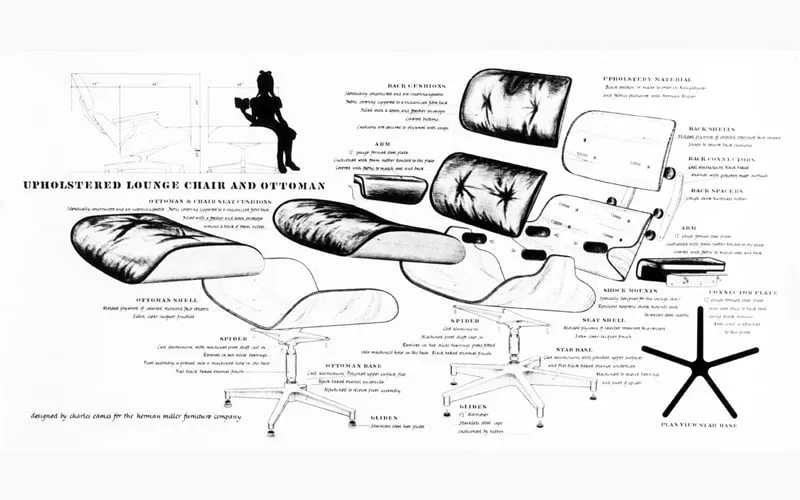
Cult Design Objects
Step into a stylish living room and there it is: the Noguchi coffee table. Or maybe the Eames lounge chair, angled just so. These aren’t just pieces of furniture — they’re declarations. A Noguchi says I value form as much as function. An Eames says I know my design history.
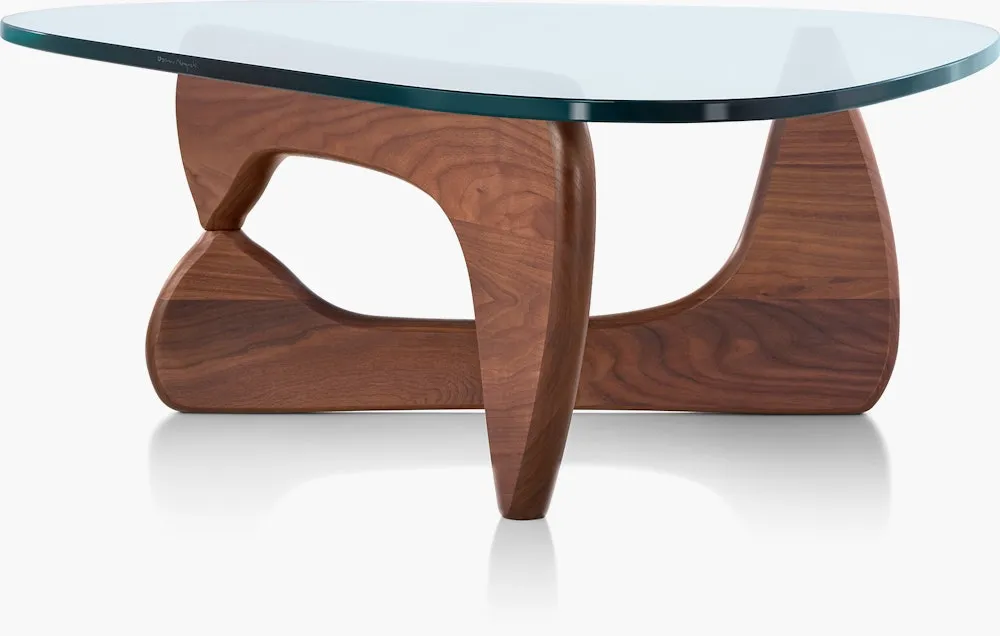
Cult objects work because they’re shorthand. Spot an Arco lamp or a Wishbone chair in the wild and you’re not just looking at wood and metal — you’re recognizing membership in a club. They’re design’s equivalent of a Taylor lyric that only the real fans scream-singing know by heart.
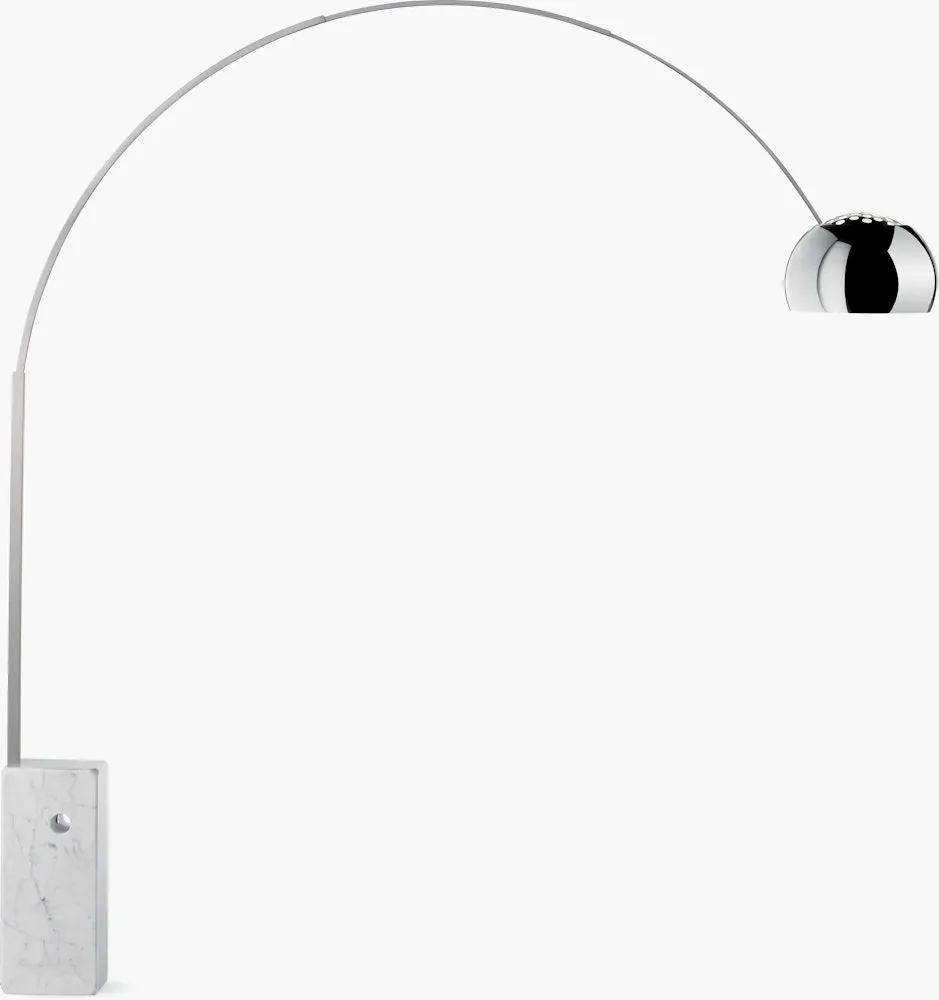
Cult Fashion
Fashion, of course, has perfected this game.
The Hermès Kelly bag practically has its own mythology — Grace Kelly, Old Hollywood, long waitlists, whispered resale values. To carry one is to announce not just wealth, but access to a certain echelon of taste.

The Telfar bag is equally cult-worthy — not because it’s exclusive, but because it’s democratic. Telfar’s tagline says it all: “Not for you, for everyone.” Drops sell out in minutes, not because of scarcity alone, but because of the identity it signals: plugged in, community-driven, fashion-conscious without gatekeeping.
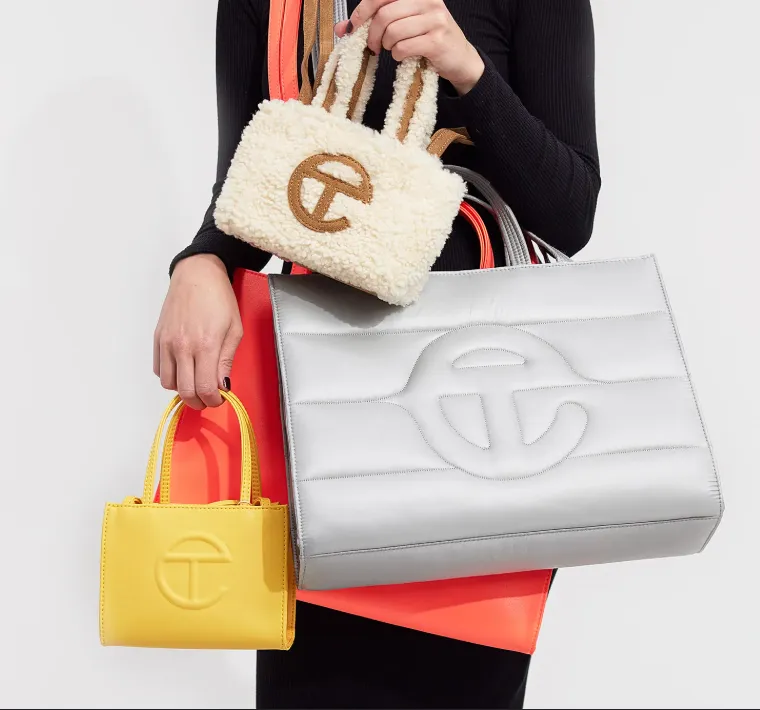
Just like Swift’s eras, these bags aren’t just accessories. They’re identities you step into.
Cult Art
And then there’s art.
Banksy perfected the formula: mystery, political bite, and the thrill of the chase. His works appear overnight like cryptic Easter eggs, sparking global conversation. Collectors, critics, Instagrammers — all part of the game.
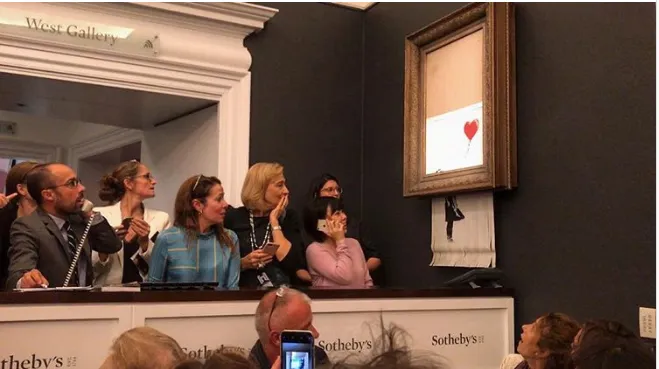
Invader, with his pixelated mosaics tucked onto street corners around the world, runs a similar circuit. Fans track his installations like Pokémon, spotting them in Paris, Hong Kong, or New York and posting proof. It’s participation art. To see one is to join the cult, to get the inside joke.
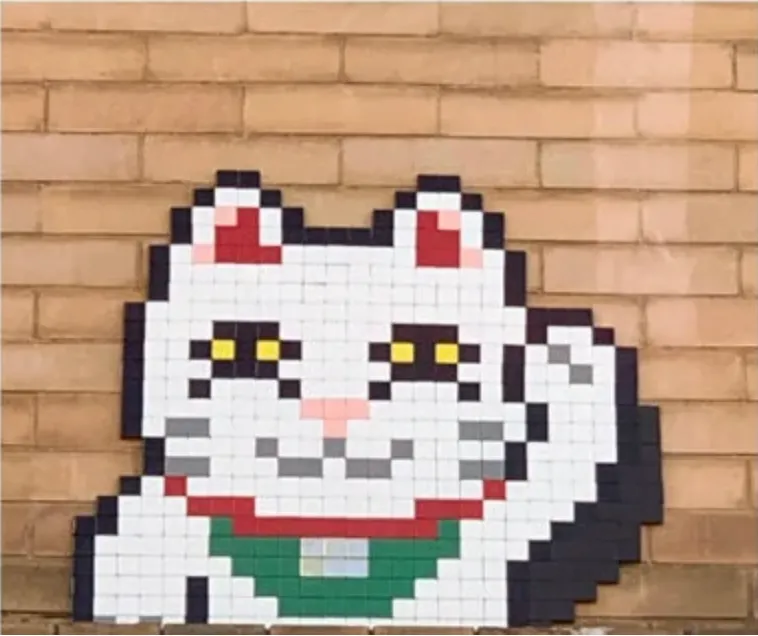
Like Taylor’s secret liner notes, the value isn’t just in the work — it’s in being part of the decoding.
Why Devotion Works
Whether it’s a Swift album, a Noguchi table, a Kelly bag, or a Banksy mural, the formula is the same:
- Story: A narrative bigger than the object.
- Atmosphere: A world you enter when you engage with it.
- Belonging: The signal that says, I get it. I’m part of this.
Cult followings don’t form around pretty things alone — they form around meaning. Around identity. Around the way objects, songs, and images make us feel seen.
And that’s the real devotion by design: whether it’s through a lyric, a chair, a handbag, or a street mosaic, it’s never just about what you own or consume. It’s about what you belong to.
Final Thoughts
So maybe I am a cult follower after all — but not of cliffs. Of worlds. Of details. Of things designed so well they spark loyalty, conversation, and community.
Taylor has her Swifties. Design has its own devotees. And all of us, in one way or another, are just looking for the places where devotion feels like home.
💌 Elle
P.S. Do you have a “cult object” of your own? A piece of art, design, or fashion you’d never give up — because it feels like it’s part of you?






.svg)
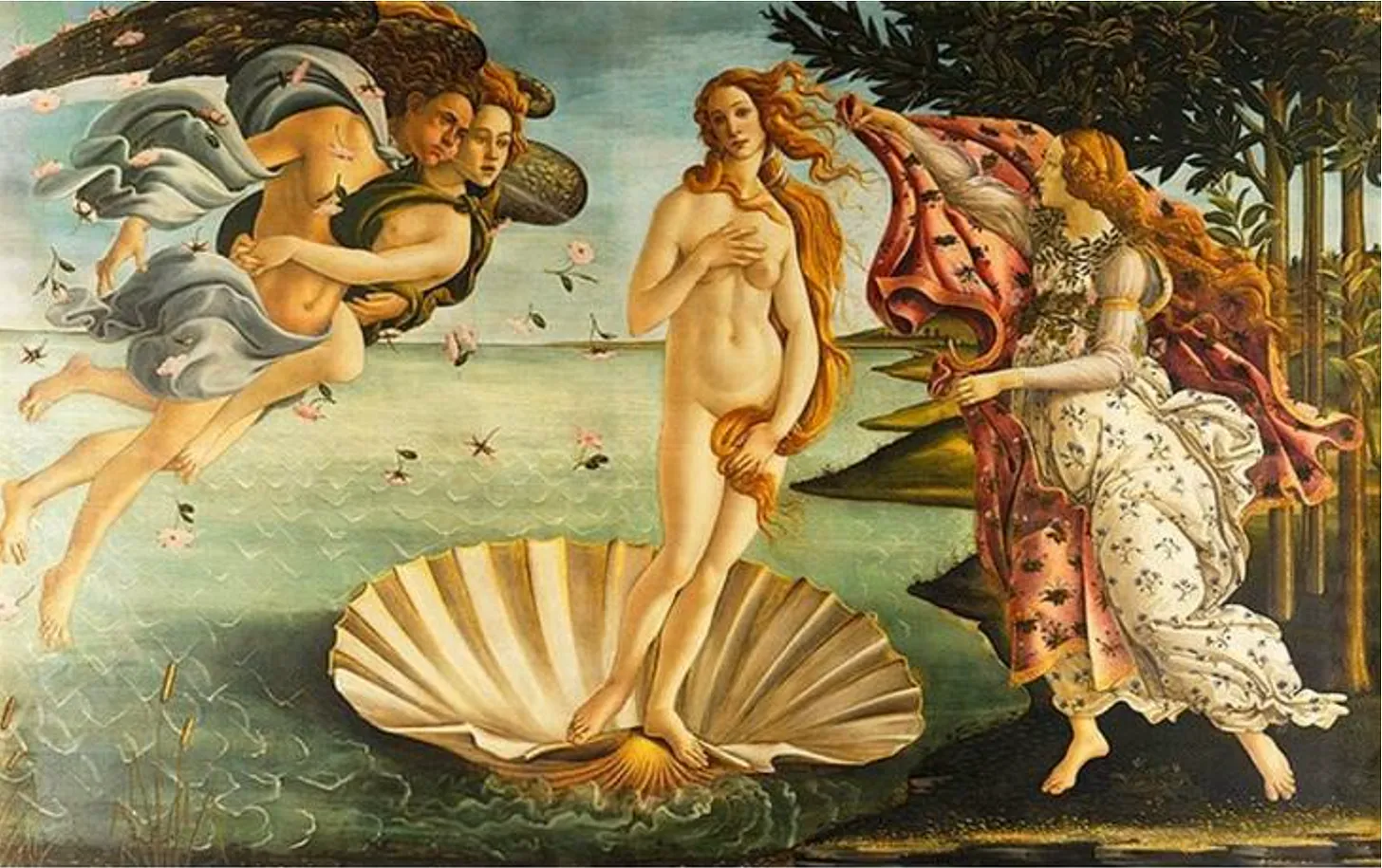

.svg)
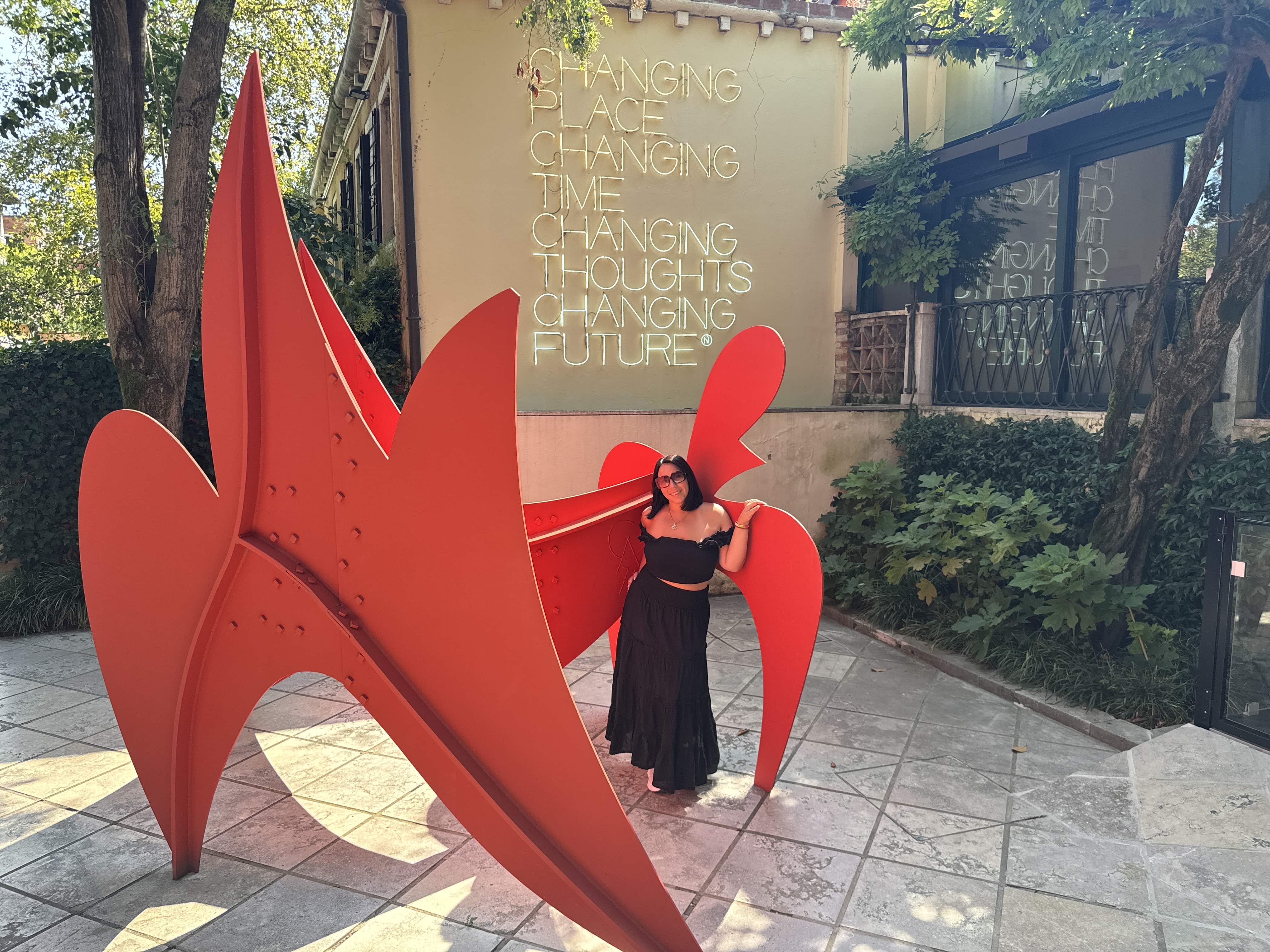
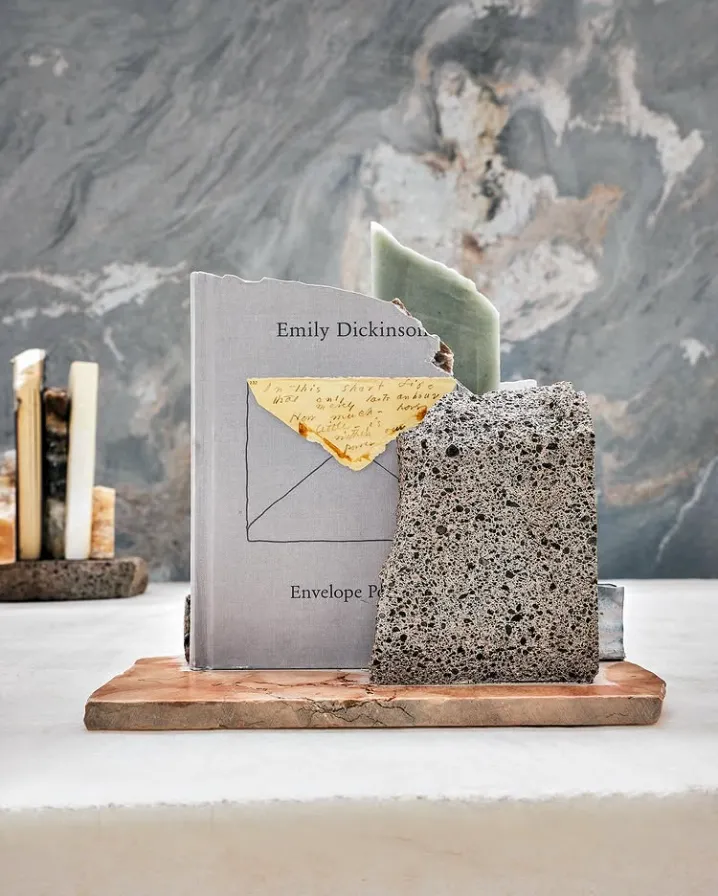
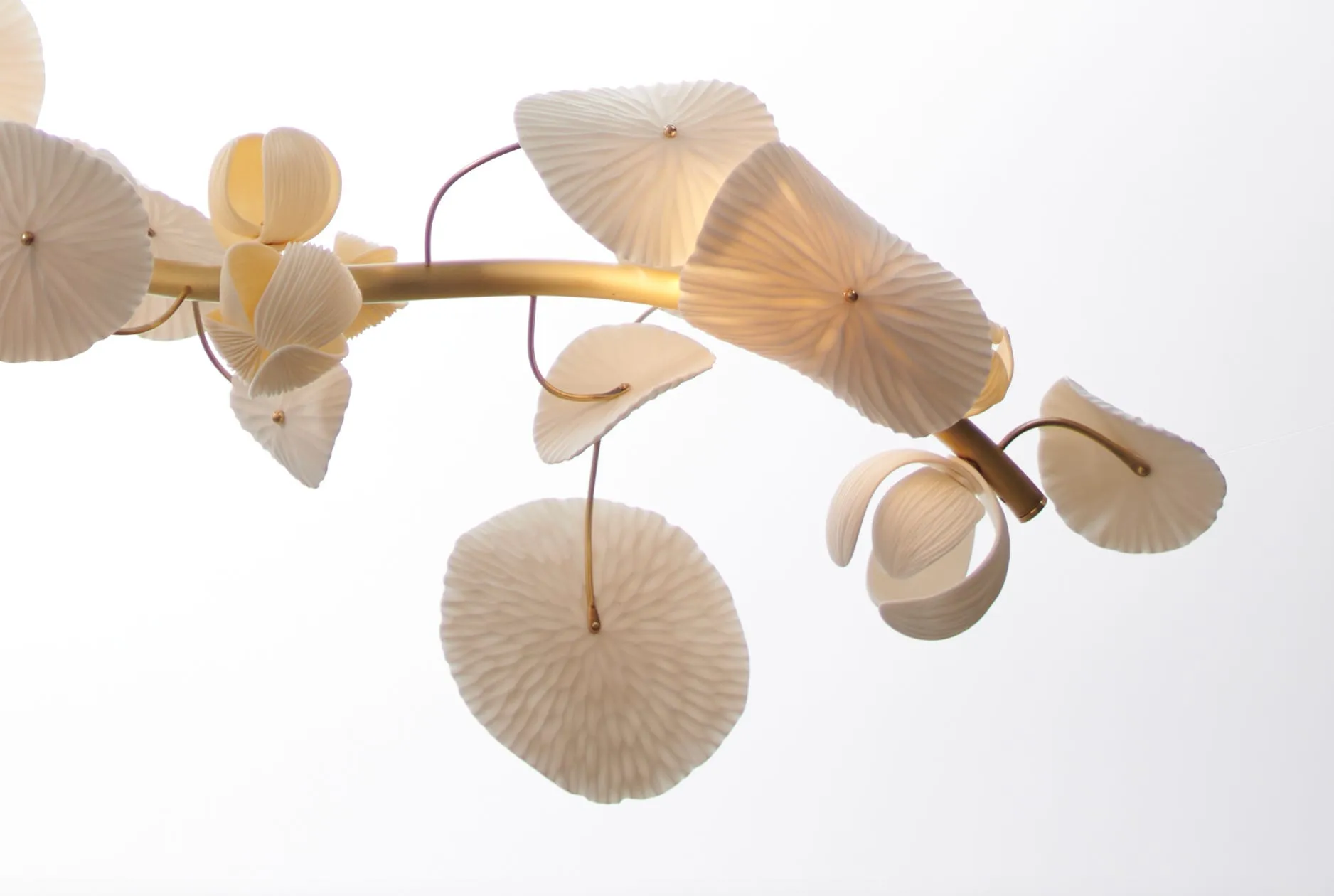


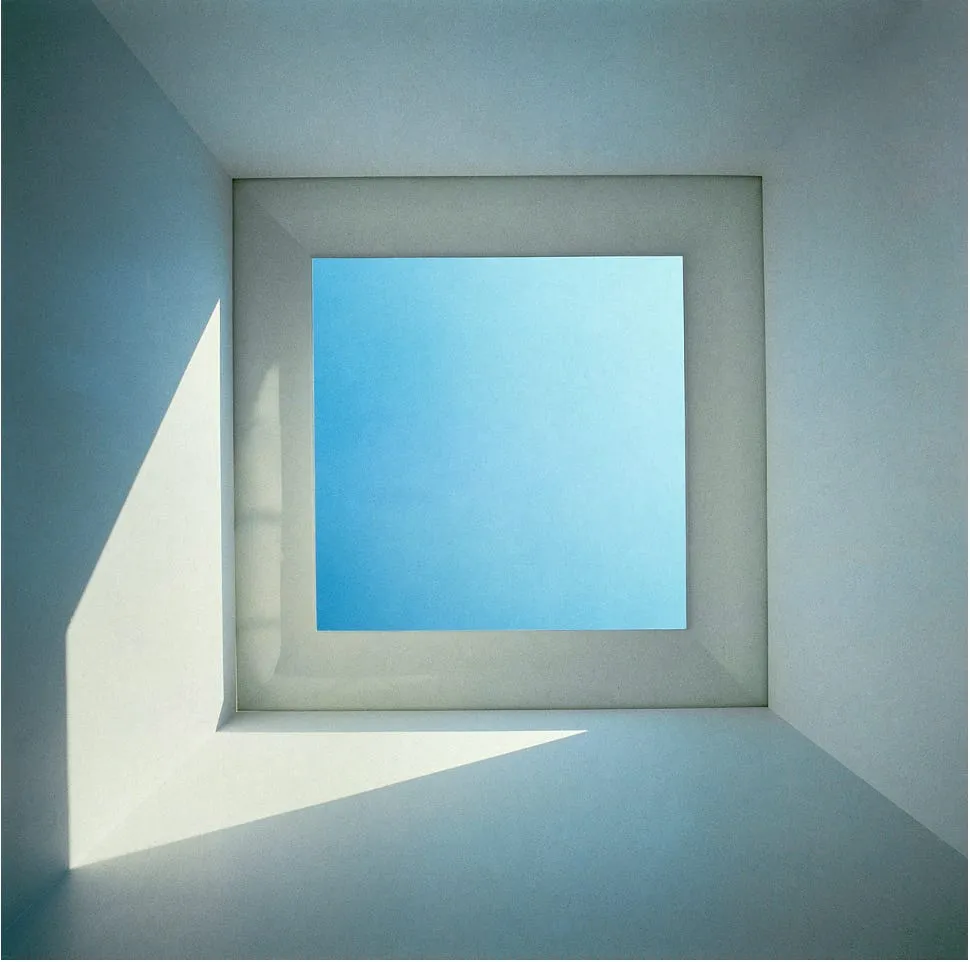
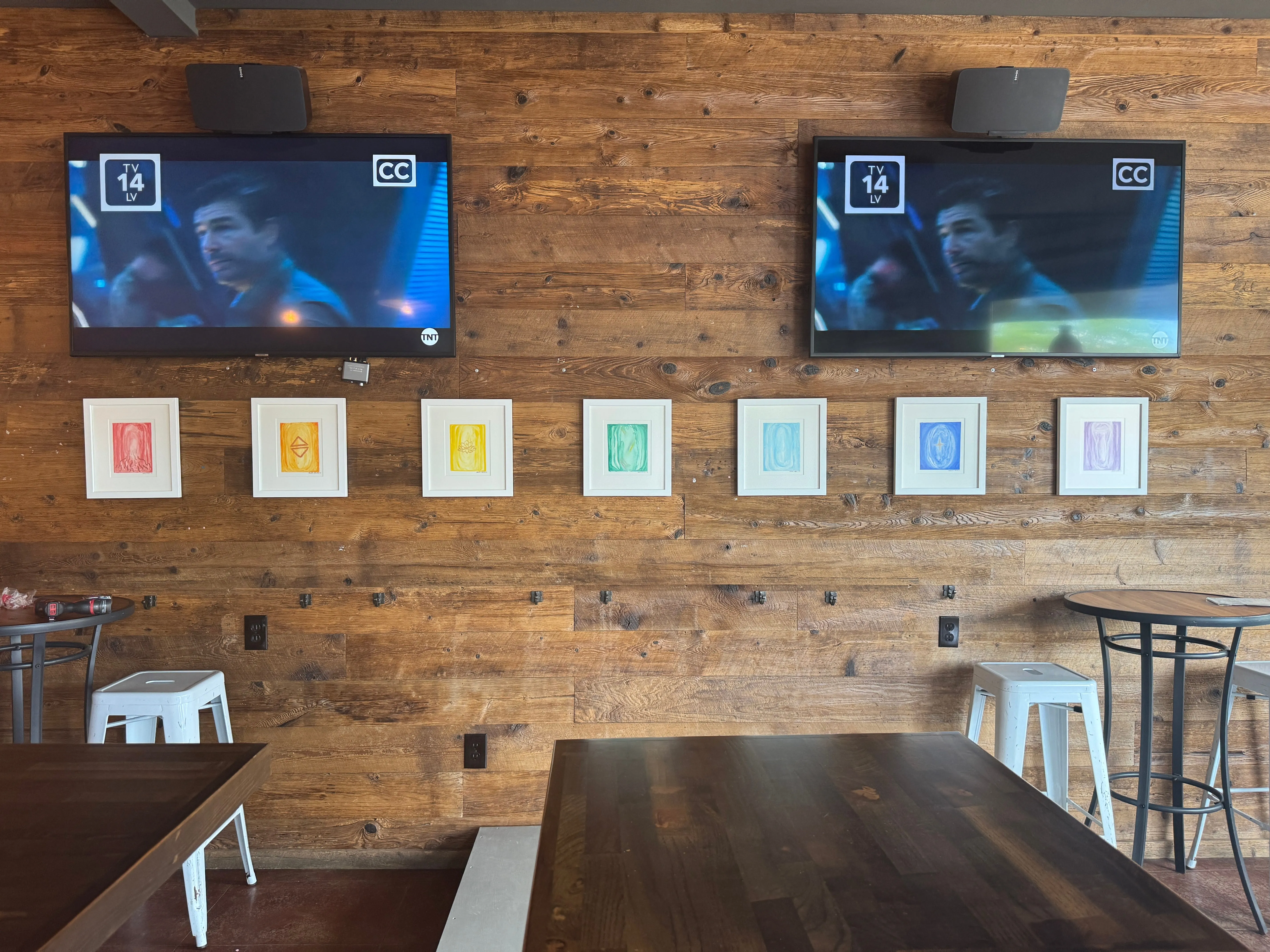



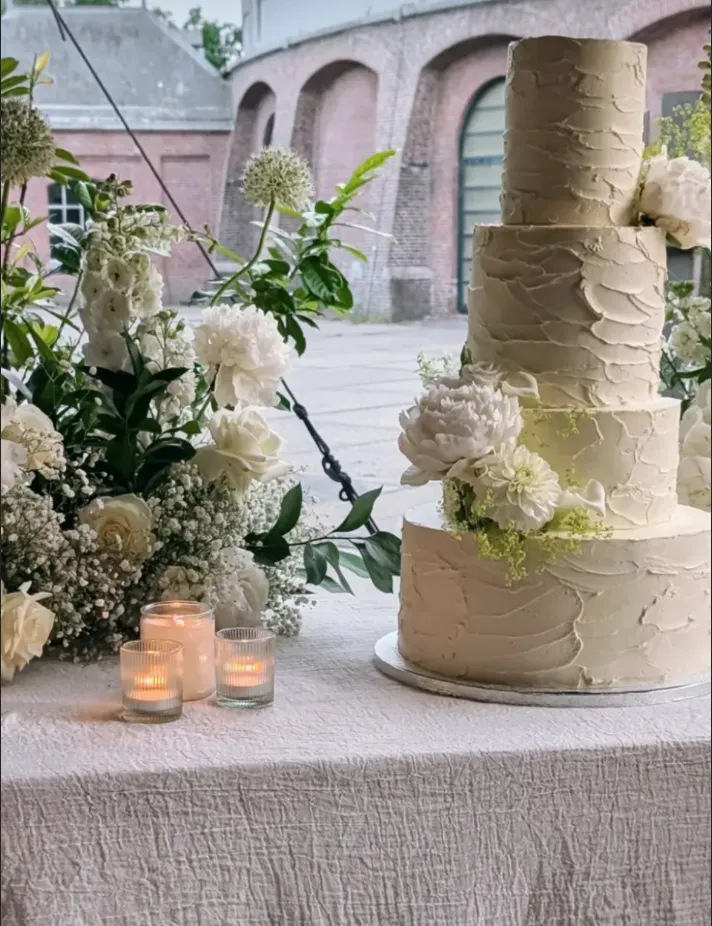


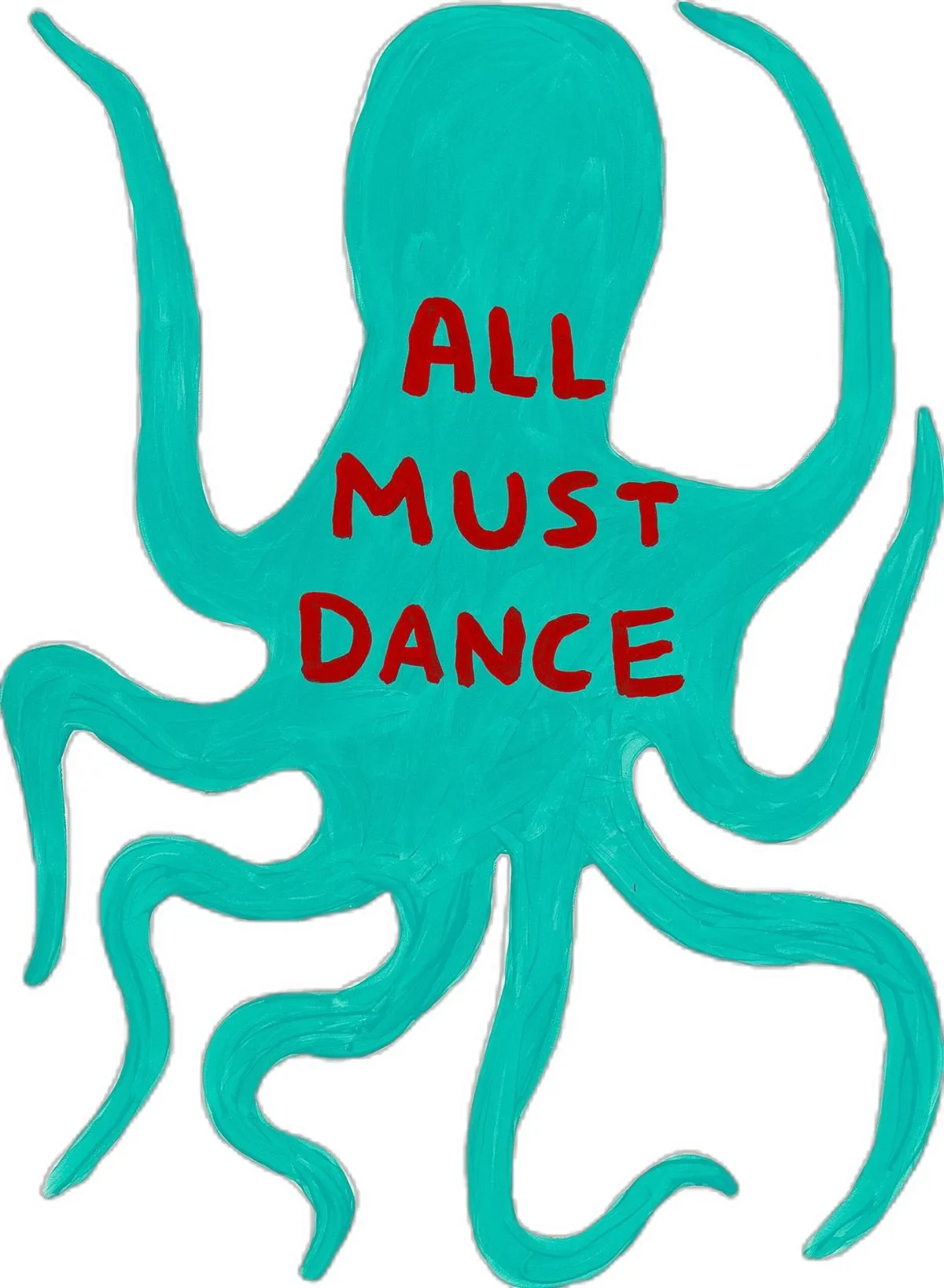


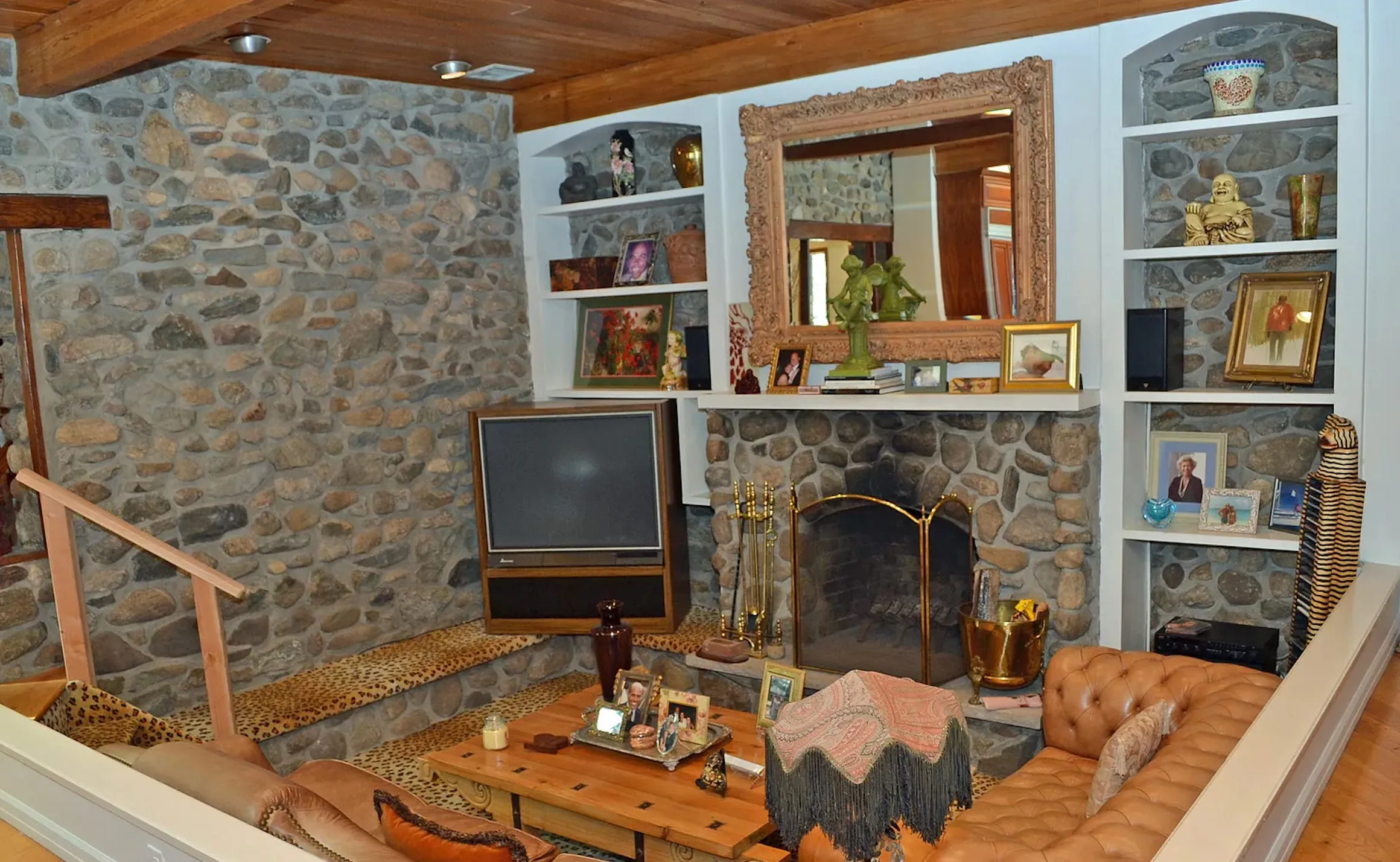
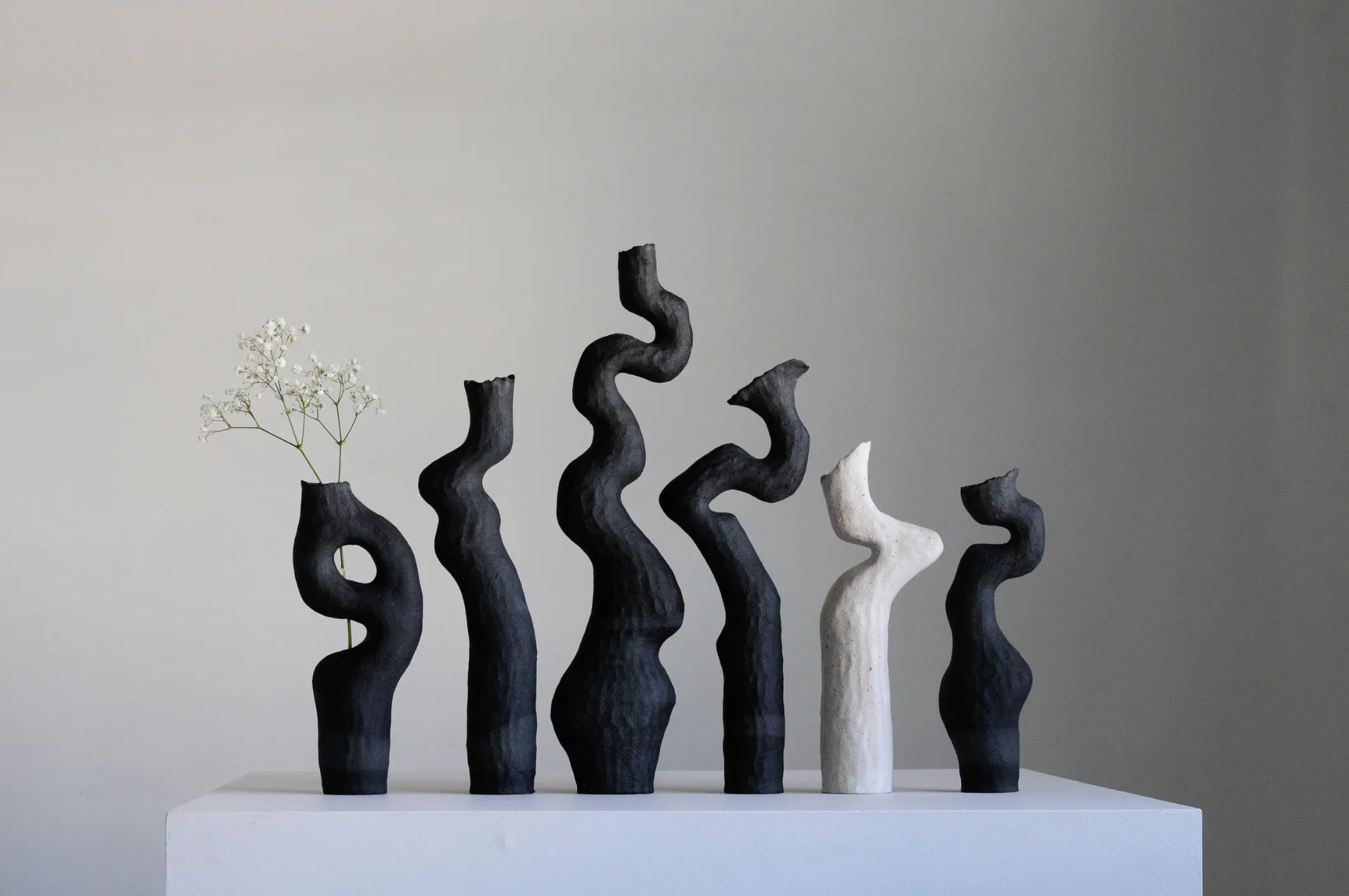

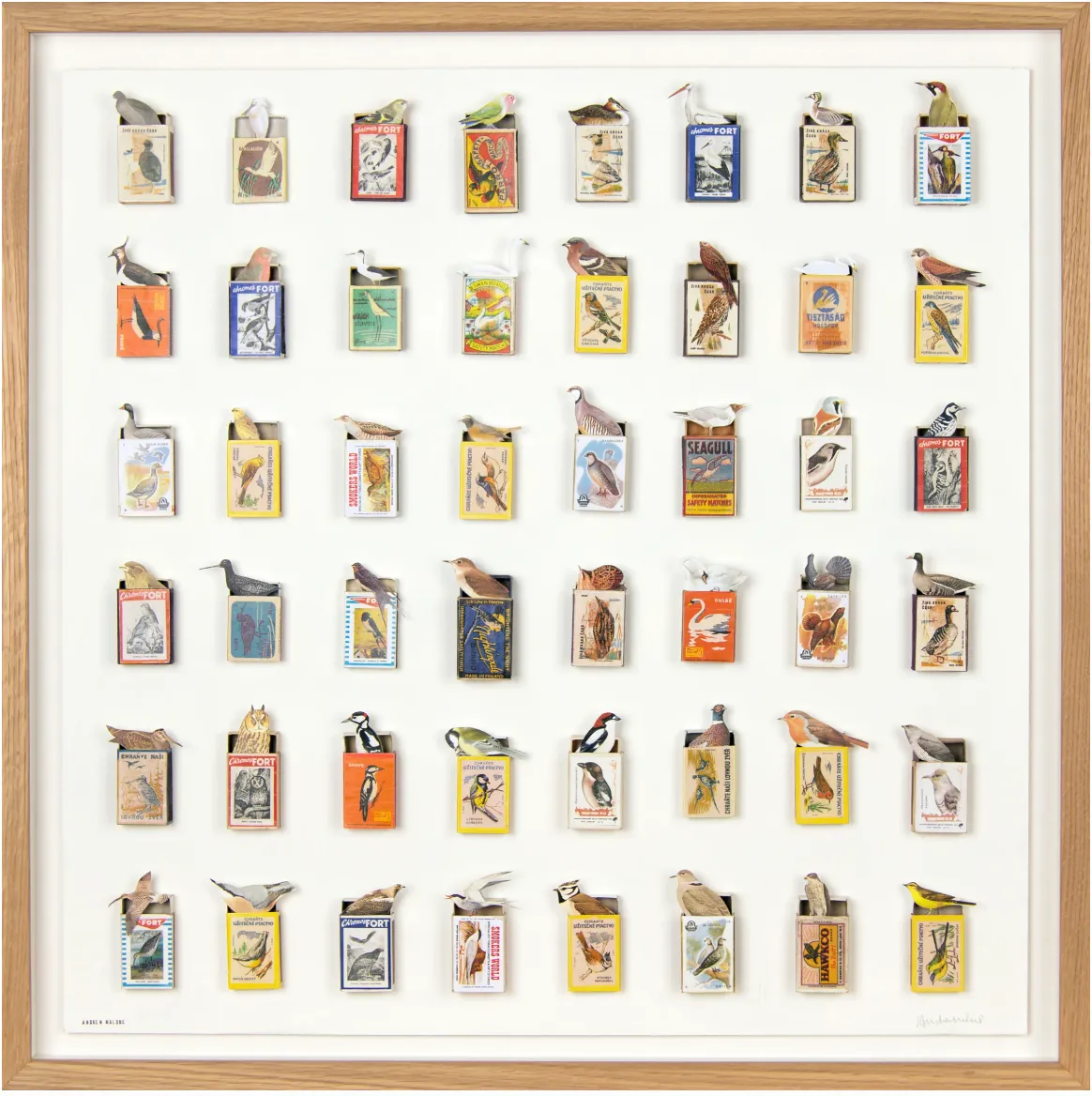

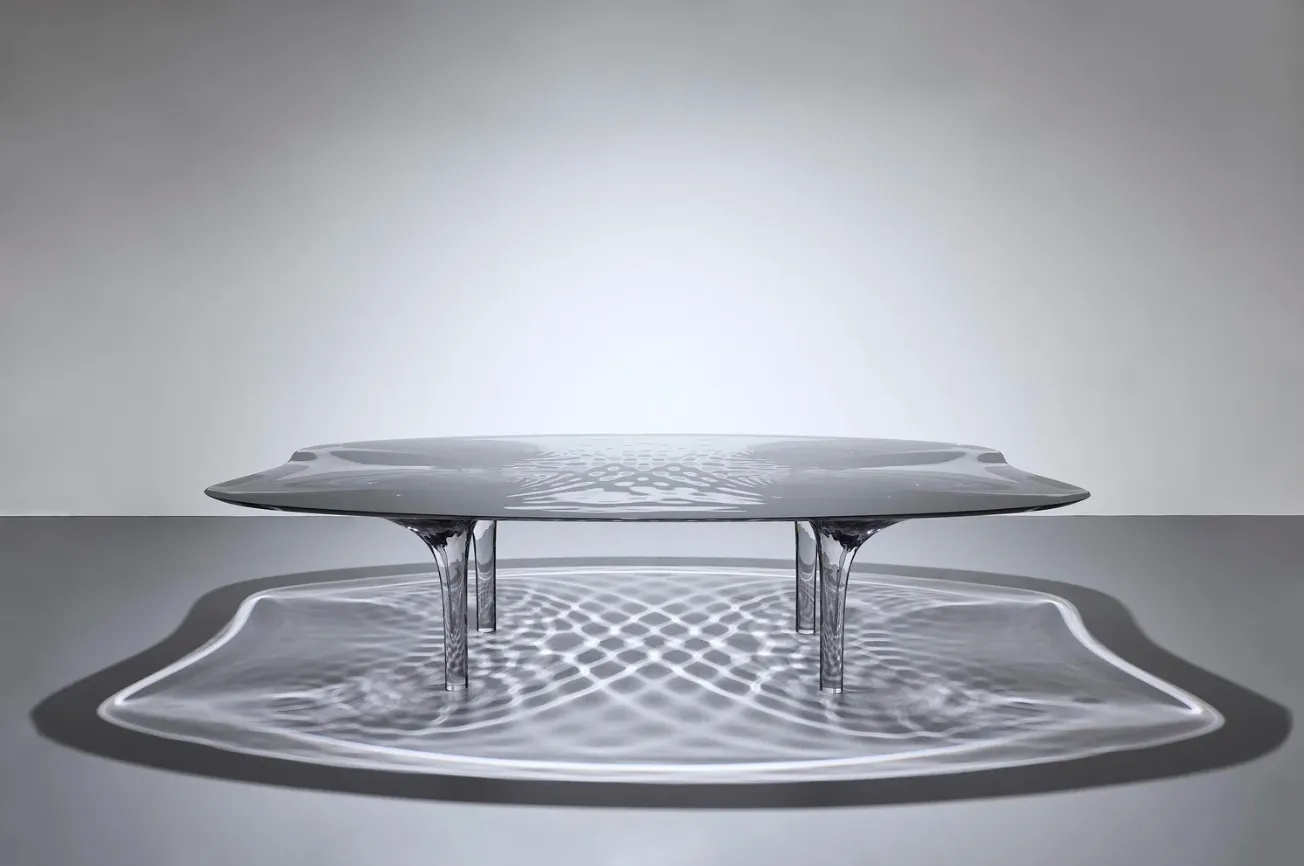
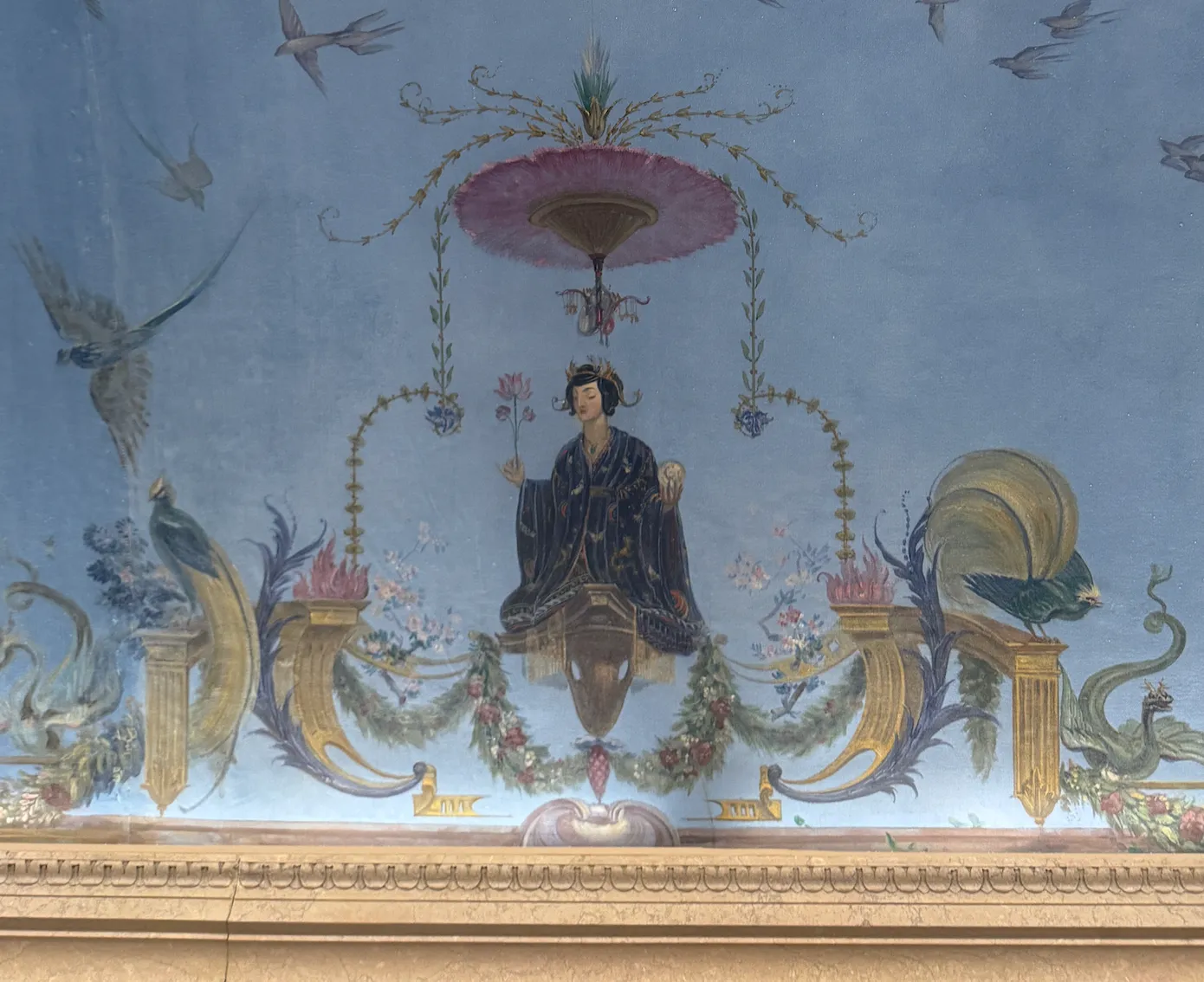
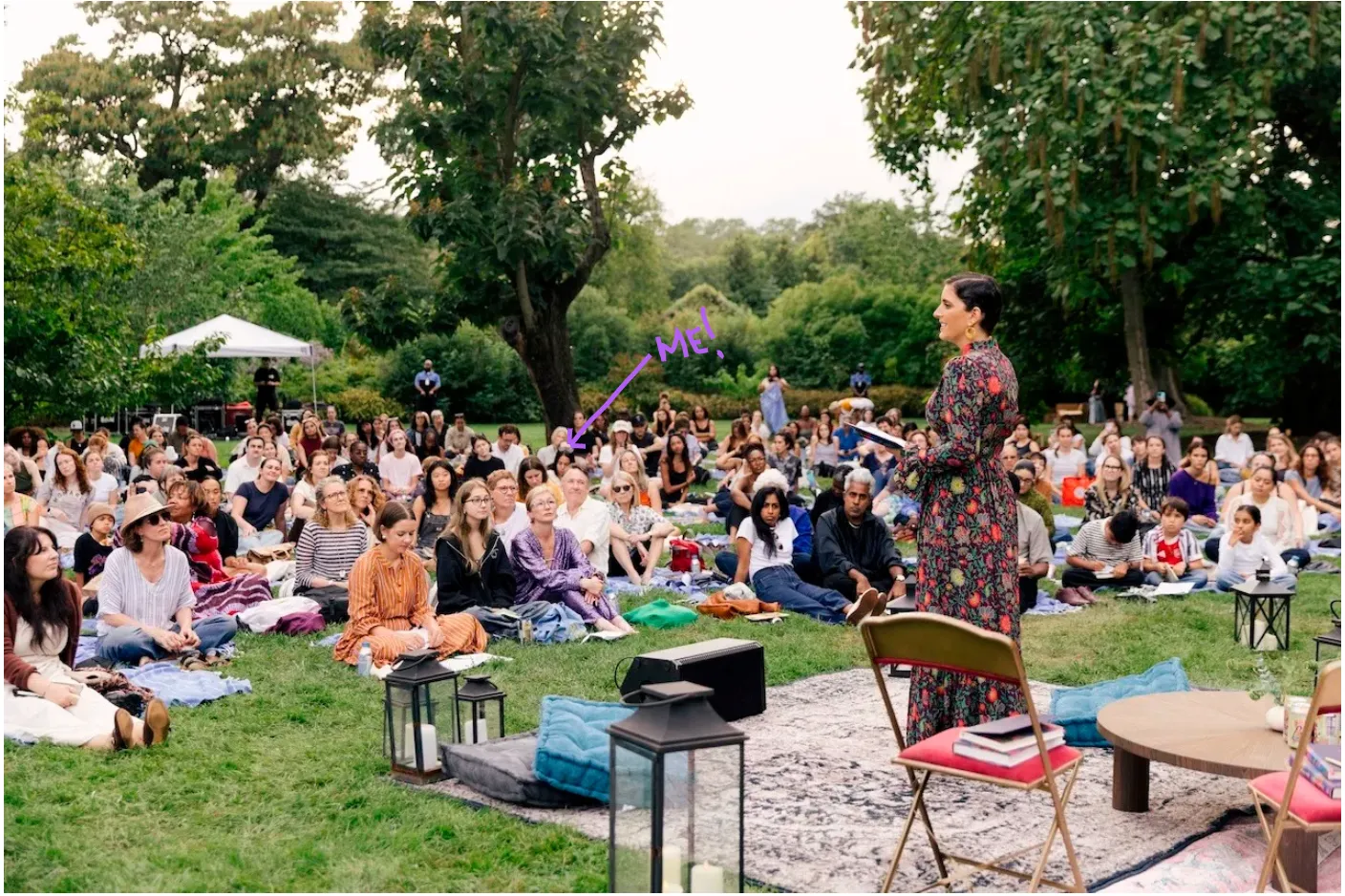

.webp)

.webp)
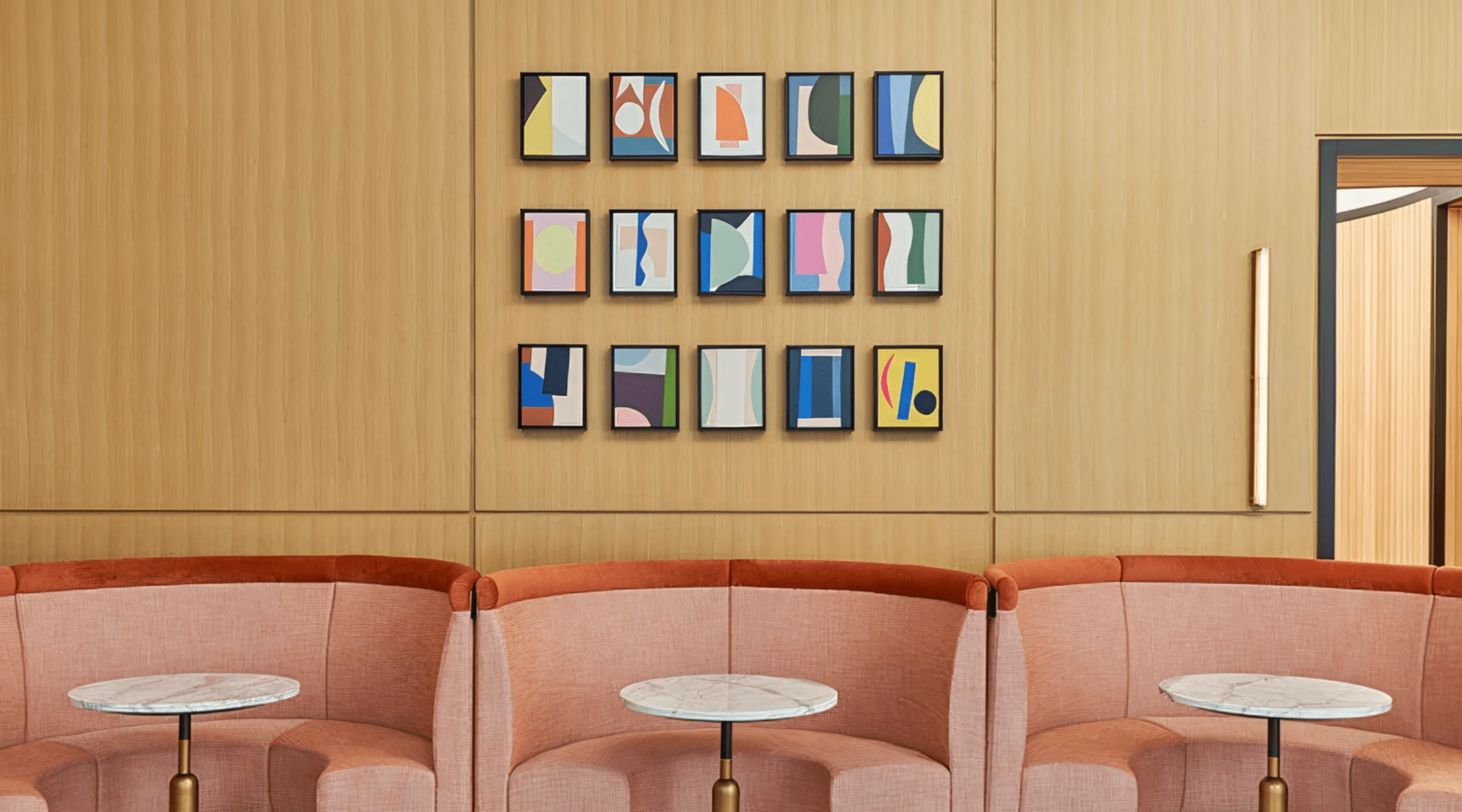
.webp)
.webp)
.webp)

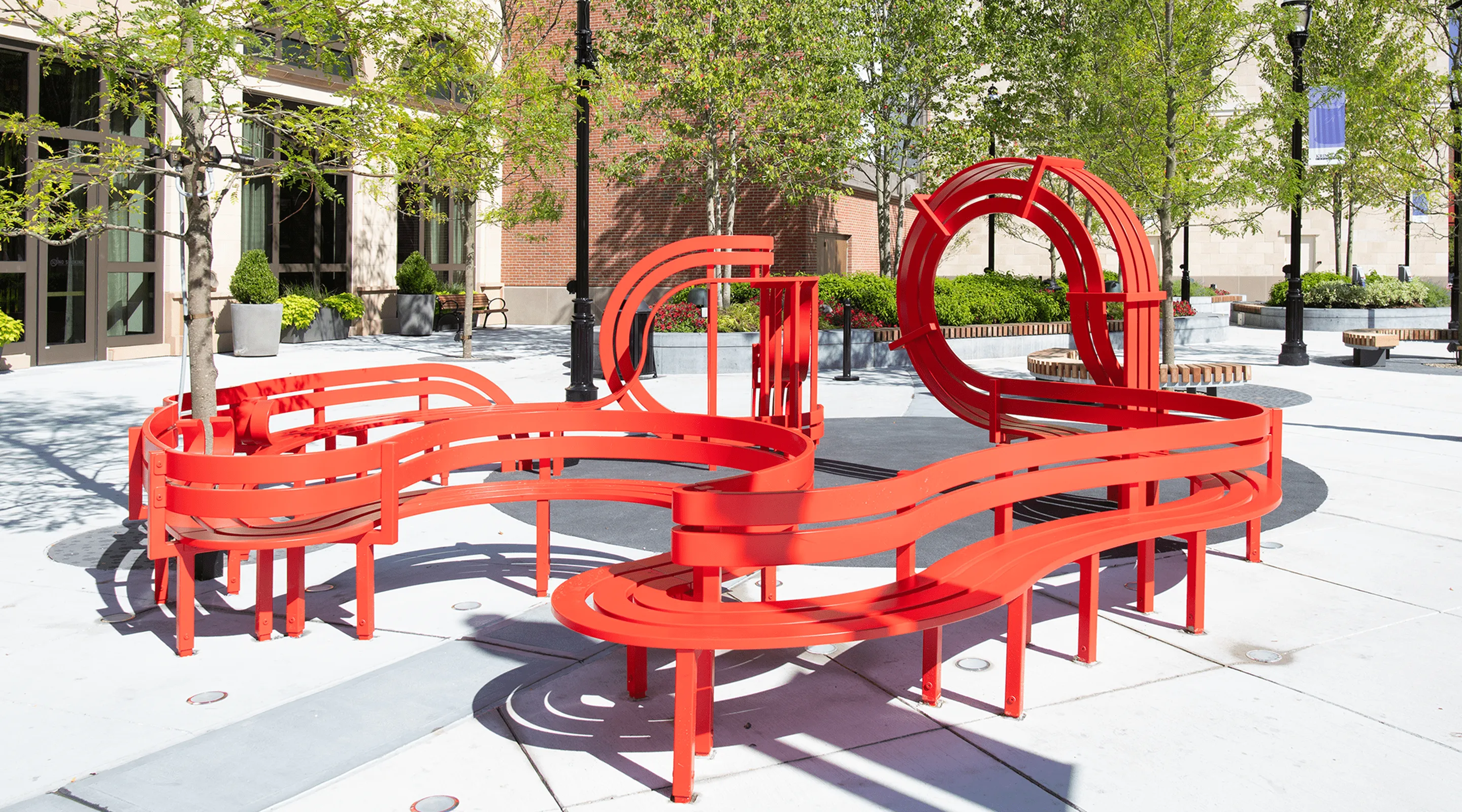

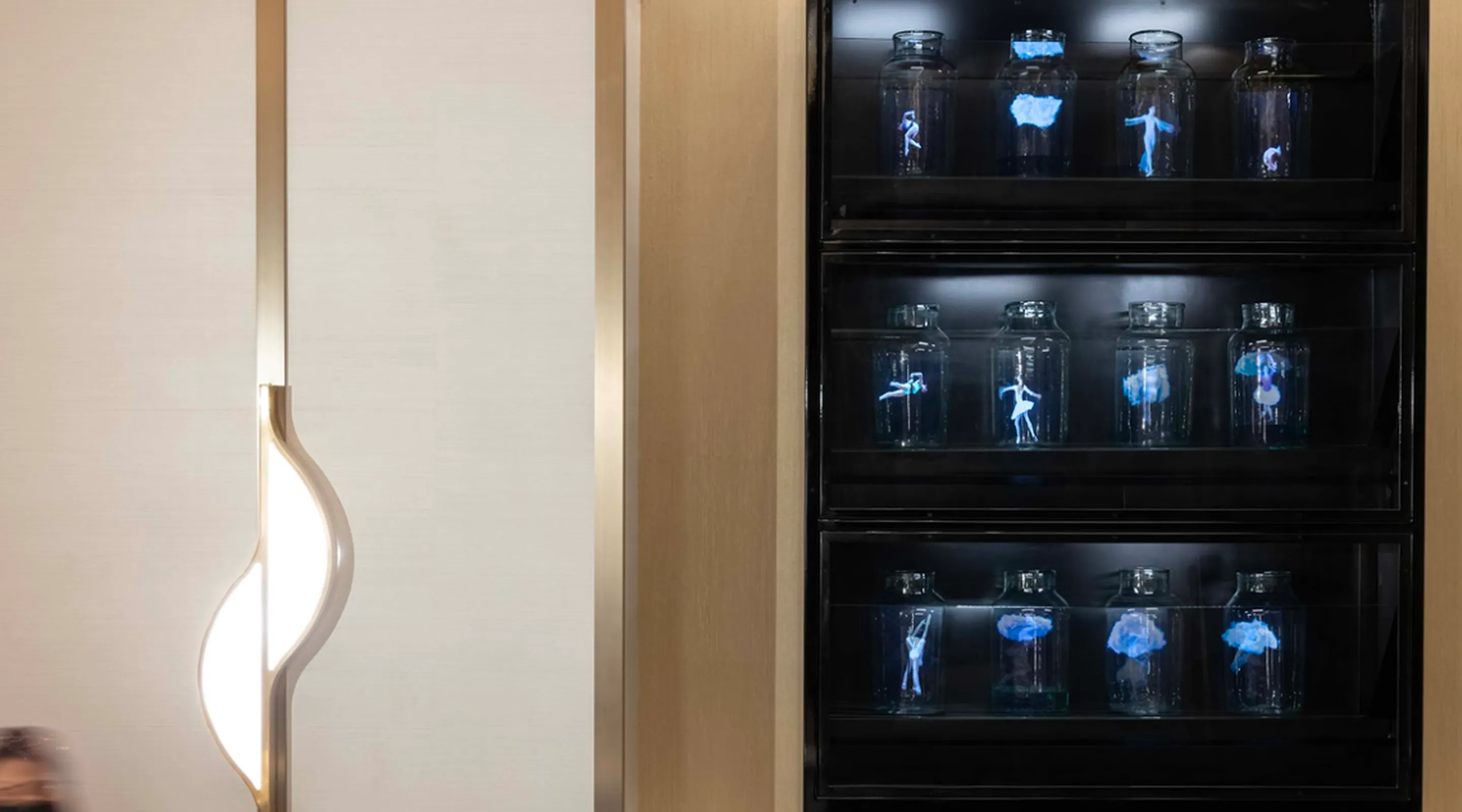

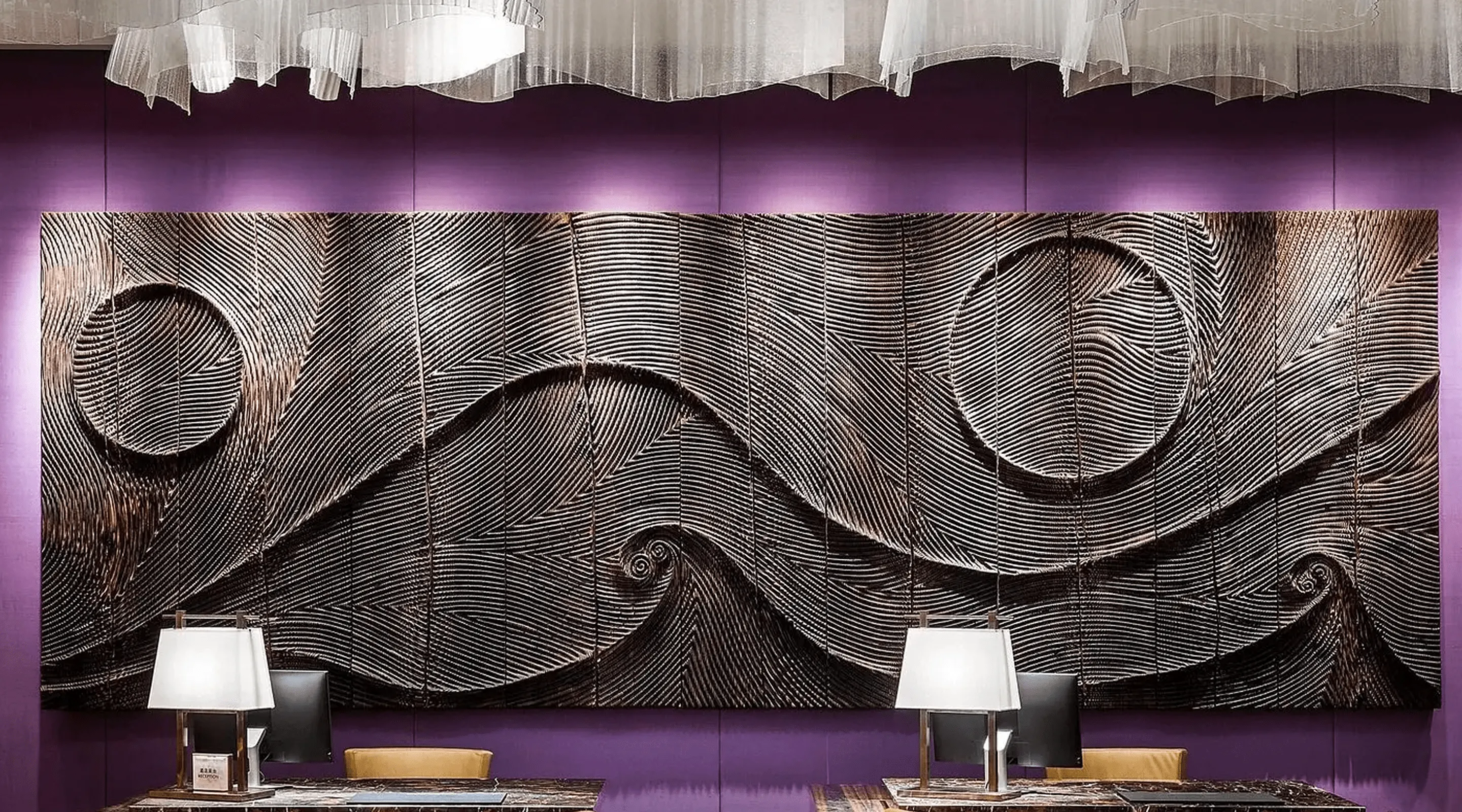
-min.webp)